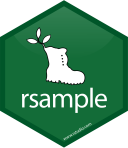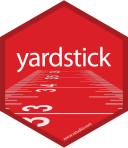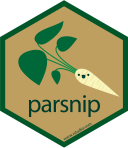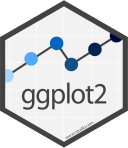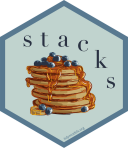Case Study on Transportation
Machine learning with tidymodels
Chicago L-Train data
Several years worth of pre-pandemic data were assembled to try to predict the daily number of people entering the Clark and Lake elevated (“L”) train station in Chicago.
More information:
Several Chapters in Feature Engineering and Selection.
- Start with Section 4.1
- See Section 1.3
Predictors
- the 14-day lagged ridership at this and other stations (units: thousands of rides/day)
- weather data
- home/away game schedules for Chicago teams
- the date
The data are in modeldata. See ?Chicago.
L Train Locations
Your turn: Explore the Data
Take a look at these data for a few minutes and see if you can find any interesting characteristics in the predictors or the outcome.
library(tidymodels)
library(rules)
data("Chicago")
dim(Chicago)
#> [1] 5698 50
stations
#> [1] "Austin" "Quincy_Wells" "Belmont" "Archer_35th"
#> [5] "Oak_Park" "Western" "Clark_Lake" "Clinton"
#> [9] "Merchandise_Mart" "Irving_Park" "Washington_Wells" "Harlem"
#> [13] "Monroe" "Polk" "Ashland" "Kedzie"
#> [17] "Addison" "Jefferson_Park" "Montrose" "California"05:00
Splitting with Chicago data ![]()
Let’s put the last two weeks of data into the test set. initial_time_split() can be used for this purpose:
Time series resampling
Our Chicago data is over time. Regular cross-validation, which uses random sampling, may not be the best idea.
We can emulate our training/test split by making similar resamples.
Fold 1: Take the first X years of data as the analysis set, the next 2 weeks as the assessment set.
Fold 2: Take the first X years + 2 weeks of data as the analysis set, the next 2 weeks as the assessment set.
and so on
Rolling forecast origin resampling
Times series resampling ![]()
Use the date column to find the date data.
Times series resampling ![]()
Our units will be weeks.
Times series resampling ![]()
Every analysis set has 15 years of data
Times series resampling ![]()
Every assessment set has 2 weeks of data
Times series resampling ![]()
Increment by 2 weeks so that there are no overlapping assessment sets.
Our resampling object ![]()
chi_rs
#> # Sliding period resampling
#> # A tibble: 16 × 2
#> splits id
#> <list> <chr>
#> 1 <split [5463/14]> Slice01
#> 2 <split [5467/14]> Slice02
#> 3 <split [5467/14]> Slice03
#> 4 <split [5467/14]> Slice04
#> 5 <split [5467/14]> Slice05
#> 6 <split [5467/14]> Slice06
#> 7 <split [5467/14]> Slice07
#> 8 <split [5467/14]> Slice08
#> 9 <split [5467/14]> Slice09
#> 10 <split [5467/14]> Slice10
#> 11 <split [5467/14]> Slice11
#> 12 <split [5467/14]> Slice12
#> 13 <split [5467/14]> Slice13
#> 14 <split [5467/14]> Slice14
#> 15 <split [5467/14]> Slice15
#> 16 <split [5467/11]> Slice16We will fit 16 models on 16 slightly different analysis sets.
Each will produce a separate performance metrics.
We will average the 16 metrics to get the resampling estimate of that statistic.
Feature engineering with recipes ![]()
Based on the formula, the function assigns columns to roles of “outcome” or “predictor”
A recipe
summary(chi_rec)
#> # A tibble: 50 × 4
#> variable type role source
#> <chr> <list> <chr> <chr>
#> 1 Austin <chr [2]> predictor original
#> 2 Quincy_Wells <chr [2]> predictor original
#> 3 Belmont <chr [2]> predictor original
#> 4 Archer_35th <chr [2]> predictor original
#> 5 Oak_Park <chr [2]> predictor original
#> 6 Western <chr [2]> predictor original
#> 7 Clark_Lake <chr [2]> predictor original
#> 8 Clinton <chr [2]> predictor original
#> 9 Merchandise_Mart <chr [2]> predictor original
#> 10 Irving_Park <chr [2]> predictor original
#> # ℹ 40 more rowsA recipe - work with dates ![]()
This creates three new columns in the data based on the date. Note that the day-of-the-week column is a factor.
A recipe - work with dates ![]()
Add indicators for major holidays. Specific holidays, especially those non-USA, can also be generated.
At this point, we don’t need date anymore. Instead of deleting it (there is a step for that) we will change its role to be an identification variable.
A recipe - work with dates ![]()
date is still in the data set but tidymodels knows not to treat it as an analysis column.
update_role_requirements() is needed to make sure that this column is required when making new data points. The help page has a good discussion about the nuances.
A recipe - remove constant columns ![]()
A recipe - handle correlations ![]()
The station columns have a very high degree of correlation.
We might want to decorrelated them with principle component analysis to help the model fits go more easily.
The vector stations contains all station names and can be used to identify all the relevant columns.
We’ll tune the number of PCA components for (default) values of one to four.
Make some models ![]()
![]()
![]()
![]()
![]()
Let’s try three models. The first one requires the rules package (loaded earlier).
cb_spec <- cubist_rules(committees = 25, neighbors = tune())
mars_spec <- mars(prod_degree = tune()) %>% set_mode("regression")
lm_spec <- linear_reg()
chi_set <-
workflow_set(
list(pca = chi_pca_rec, basic = chi_rec),
list(cubist = cb_spec, mars = mars_spec, lm = lm_spec)
) %>%
# Evaluate models using mean absolute errors
option_add(metrics = metric_set(mae))Process them on the resamples
How do the results look?
rank_results(chi_res)
#> # A tibble: 31 × 9
#> wflow_id .config .metric mean std_err n preprocessor model rank
#> <chr> <chr> <chr> <dbl> <dbl> <int> <chr> <chr> <int>
#> 1 pca_cubist Preprocessor1_Model1 mae 0.806 0.104 16 recipe cubis… 1
#> 2 pca_cubist Preprocessor3_Model3 mae 0.990 0.114 16 recipe cubis… 2
#> 3 pca_cubist Preprocessor4_Model2 mae 0.990 0.121 16 recipe cubis… 3
#> 4 pca_cubist Preprocessor4_Model1 mae 1.00 0.127 16 recipe cubis… 4
#> 5 pca_cubist Preprocessor3_Model2 mae 1.00 0.119 16 recipe cubis… 5
#> 6 pca_cubist Preprocessor2_Model2 mae 1.02 0.118 16 recipe cubis… 6
#> 7 pca_cubist Preprocessor1_Model3 mae 1.05 0.131 16 recipe cubis… 7
#> 8 basic_cubist Preprocessor1_Model8 mae 1.07 0.115 16 recipe cubis… 8
#> 9 basic_cubist Preprocessor1_Model7 mae 1.07 0.112 16 recipe cubis… 9
#> 10 basic_cubist Preprocessor1_Model6 mae 1.07 0.114 16 recipe cubis… 10
#> # ℹ 21 more rowsPlot the results ![]()
![]()
Pull out specific results ![]()
![]()
We can also pull out the specific tuning results and look at them:
Why choose just one final_fit? ![]()
Model stacks generate predictions that are informed by several models.
Why choose just one final_fit? ![]()
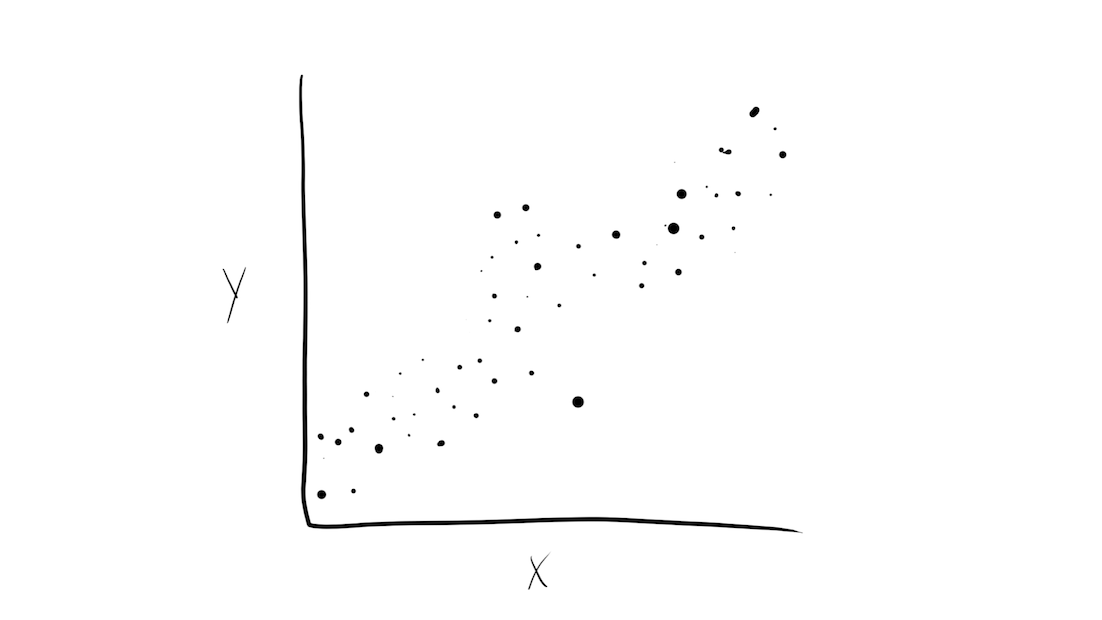
Why choose just one final_fit? ![]()
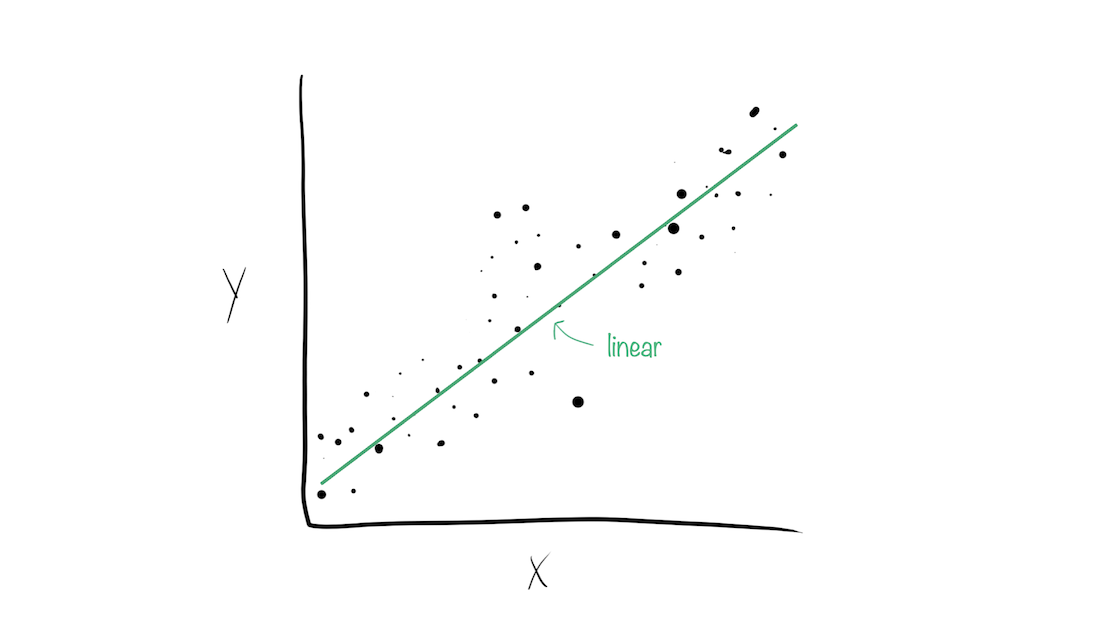
Why choose just one final_fit? ![]()
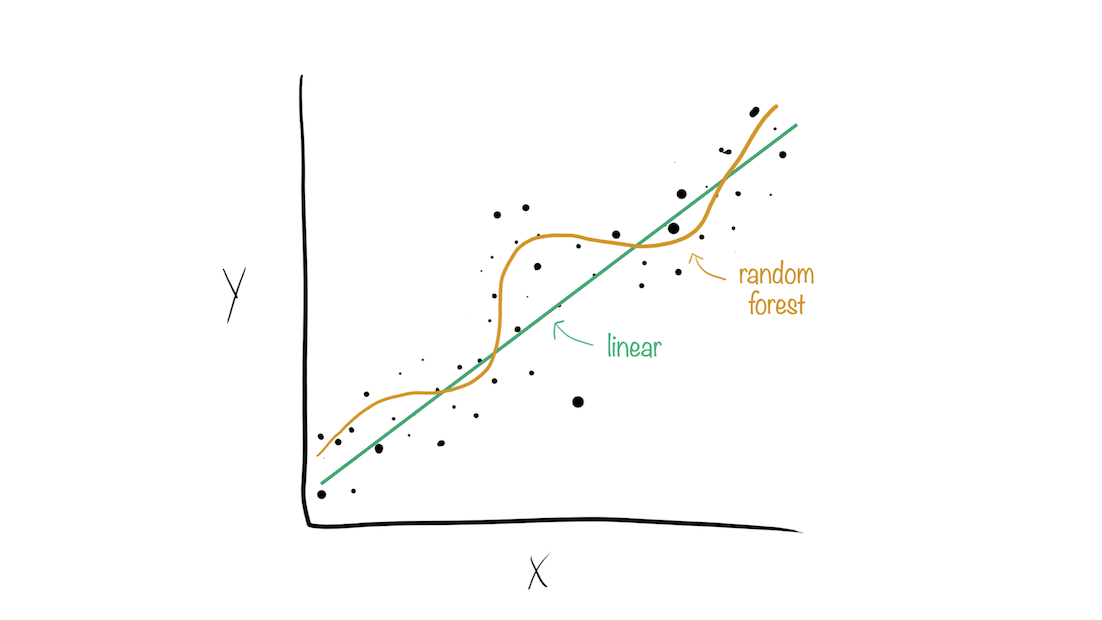
Why choose just one final_fit? ![]()
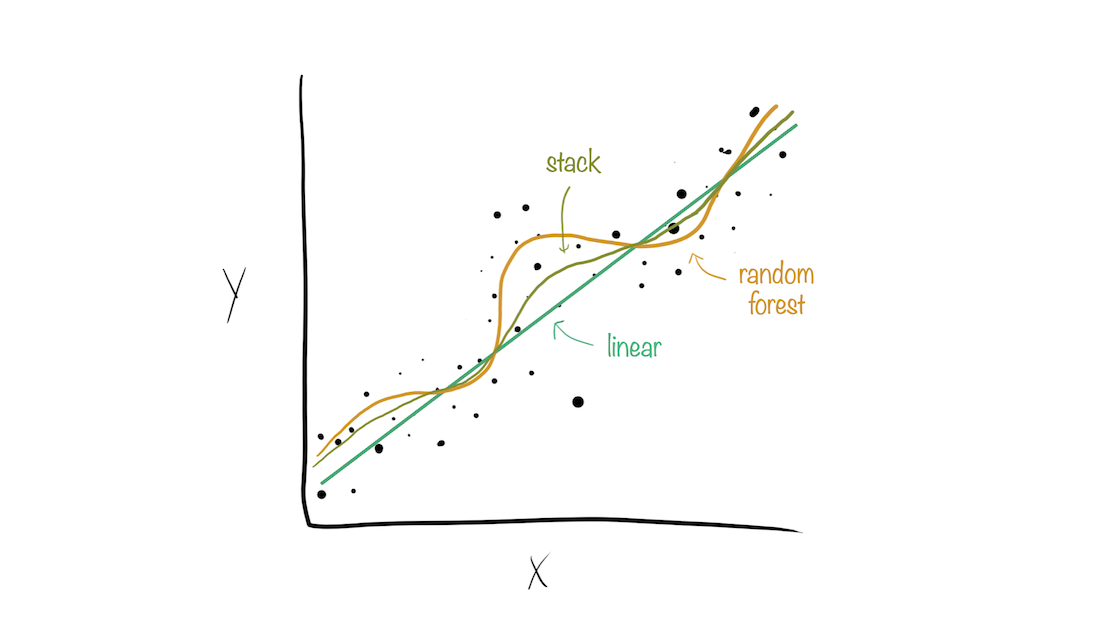
Why choose just one final_fit? ![]()
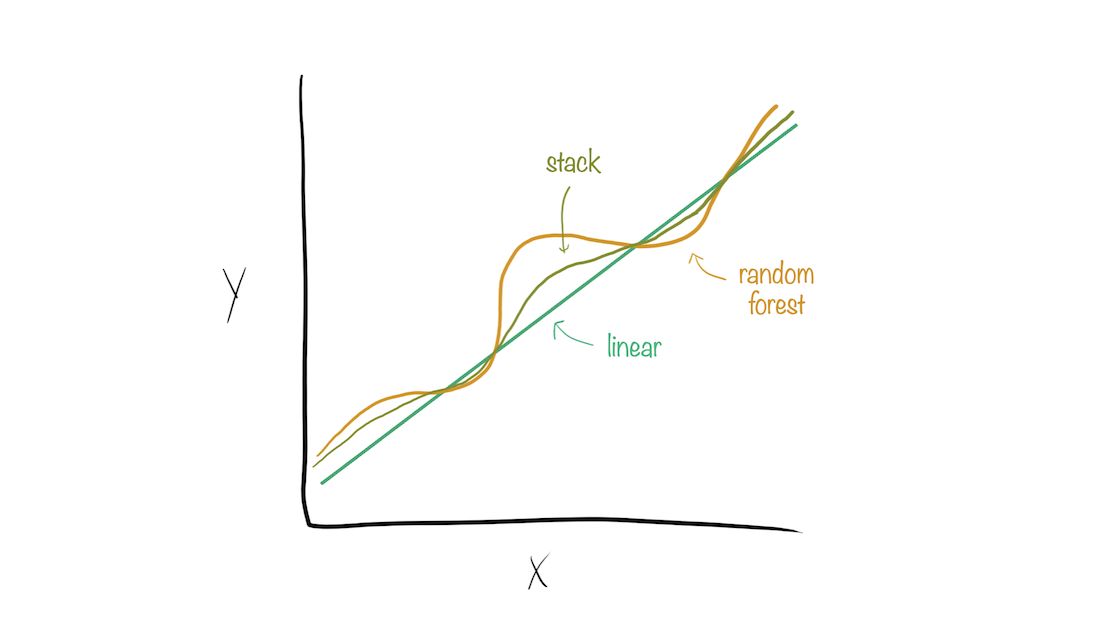
Building a model stack ![]()
- Define candidate members
- Initialize a data stack object
- Add candidate ensemble members to the data stack
- Evaluate how to combine their predictions
- Fit candidate ensemble members with non-zero stacking coefficients
- Predict on new data!
Start the stack and add members ![]()
Collect all of the resampling results for all model configurations.
Estimate weights for each candidate ![]()
Which configurations should be retained? Uses a penalized linear model:
How did it do? ![]()
![]()
The overall results of the penalized model:
What does it use? ![]()
![]()
Fit the required candidate models![]()
For each model we retain in the stack, we need their model fit on the entire training set.
The test set: best Cubist model ![]()
![]()
We can pull out the results and the workflow to fit the single best cubist model.
The test set: stack ensemble![]()
We don’t have last_fit() for stacks (yet) so we manually make predictions.
Compare the results ![]()
![]()
Single best versus the stack:
